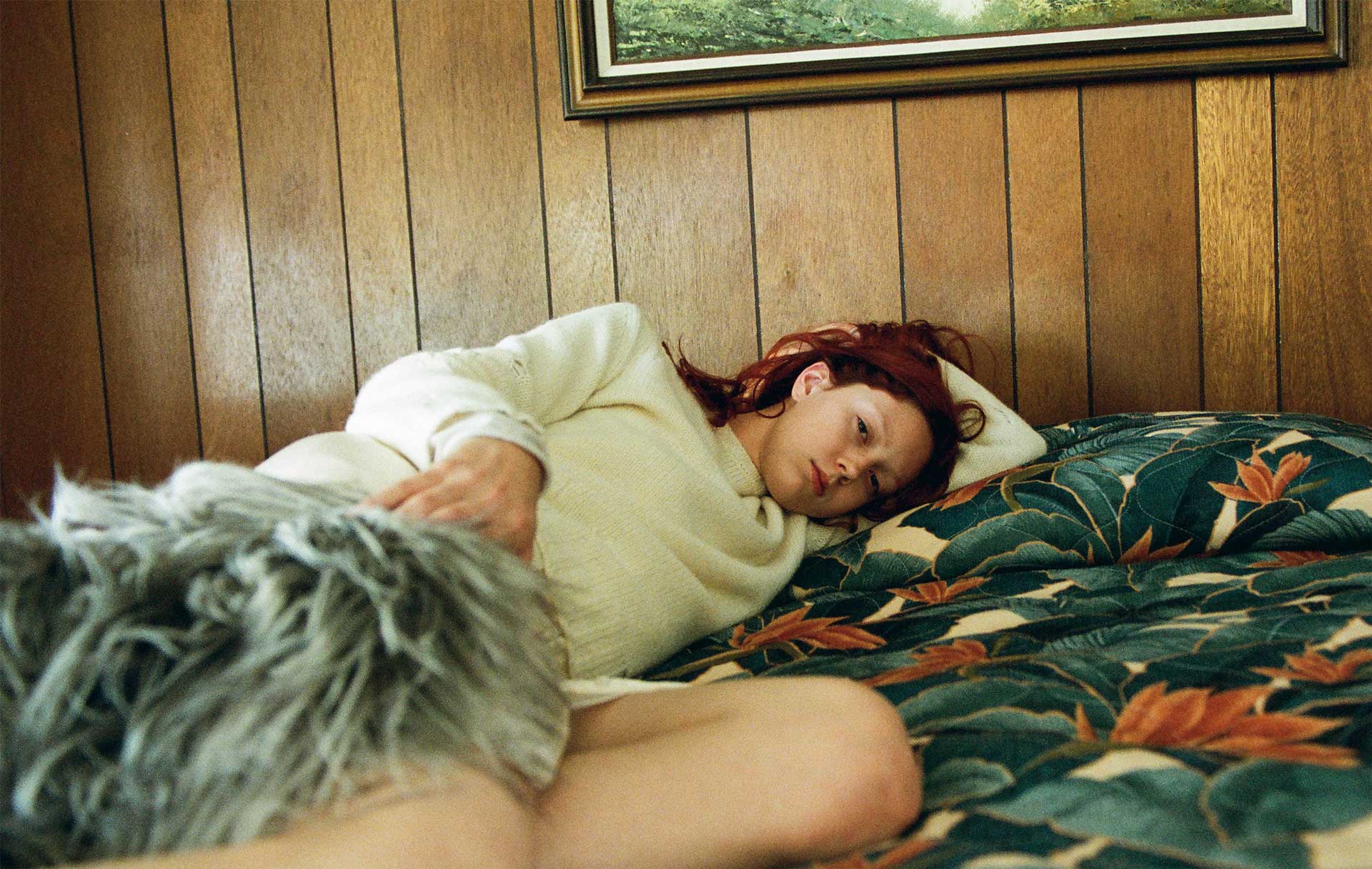Unlike digital photography, which uses a sensor to codify light passing through a lens, the analogue form records light directly onto the surface of film. It does not convert, but rather, preserves reality, so that when you look at a photograph you see the literal emanation of a particular moment in time, a trace of the real. The incredible power of such an image seems to have dissipated in present times, due in large part to the collective shift towards digital. We want sharper, faster, and cheaper images, and time spent in the darkroom or money spent on film only seems get in our way.
Document contributor Marlene Marino shoots exclusively on film. She’s not the only one in the industry to do so, and she won’t be the last, but her work—mostly portraits of women, more often than not in the nude—proposes a surprisingly refreshing alternative to the often tired concept of “fashion” photography. Her images are bold without needing to be loud, elegant, stylish, and, at the same time, completely unaffected, straightforward, real.
To call her a fashion photographer seems almost reductive. The Cuban American artist sites the work of Diane Arbus and the school of New York documentation as primary influences, both of which emphasize the snapshot aesthetic as a way of representing the world in a more honest and authentic manner. “I am after an intimacy where time stands still, where you feel the presence of the people and the place,” she says. “I hope to capture women, and communities, in a sensitive, non-alienating way, to celebrate them. It’s a beautiful thing when someone is not just taking a photo of you, but when they actually see you.”
“Marino Marino: 2009-2015” is a self-published monograph that consists of images from commissioned editorials, travel diaries, and personal photo archives. The design, a 12 x 16 inch softcover bound by a handmade (San Germain) stitch courtesy of Ailsa Wong, reflects Marino’s photographic ethos: highly intimate, stripped down to essentials. It’s like a rare manuscript—precious and, yet, totally accessible—one that invites the viewer to flip through its pages and encounter a trace of the real in a pure, undiluted way. Speaking of her decision to compile material in such a deconstructed manner, Marino reveals, “I have always thought of a photo book as an autonomous art form, comparable to a sculpture, a play or a film where the images function as a concise world within the book itself: A visual gestalt.”
In “Heresy,” her most recent collaboration with actress Rose McGowan, Marino transposes this gestalt from page to screen. Shot on Super 8, the film pays homage to Joan of Arc, the French heroine and Catholic saint who was captured and burned at the stake on charges of heresy. McGowan channels her experience growing up in the cult the Church of God to draw attention to the complex reality of those who are ridiculed for their difference.























